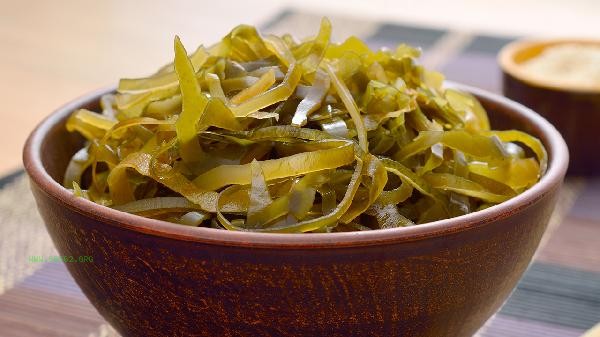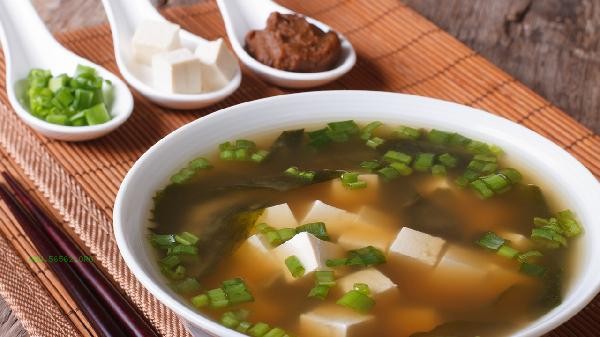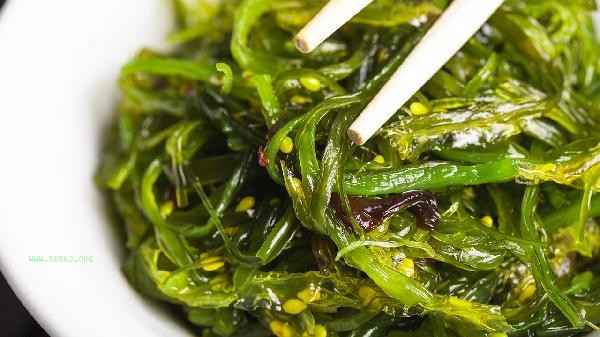The key to cooking seaweed until tender is to fully soak it and control the heat. By soaking in advance, adding vinegar or alkali to assist in softening, and controlling the stewing time, kelp can be softened faster.

Kelp has a tough texture and is not easy to cook, mainly due to its high content of dietary fiber such as alginate. The surface of dried kelp is covered with a white salt frost like substance, which needs to be repeatedly rubbed with clean water to remove impurities. Soaking in cold water for more than 6 hours can allow kelp to fully absorb water and expand, increasing its volume several times. At this point, the fiber structure has partially relaxed. If it is urgently needed, it can be soaked in warm water, but the water temperature should not exceed 60 degrees to prevent nutrient loss. After soaking, cut the seaweed into thin threads or small pieces, which are more prone to softening when heated.

Some special treatments can accelerate the softening process. Adding a small amount of white vinegar or lemon juice during stewing can decompose the pectin substances in the cell wall of kelp in an acidic environment. The use of edible alkali also has a similar effect, but excessive alkali can lead to the destruction of the vitamin B family. Stewing in a pressure cooker for 20 minutes can achieve the same effect as a regular pot for 1 hour, and steam penetration thoroughly loosens the fibers. Note that long-term cooking of seaweed will release mucus. It is recommended to skim off the foam halfway to keep the soup clear. When stewed with protein rich ingredients such as pork ribs and soybeans, it can promote the softening of kelp through acid-base neutralization.

It is recommended to choose seaweed roots with thicker meat for stewing, as this part contains more gum and is more resistant to boiling. Fresh kelp is more prone to softening and rotting than dried kelp, but attention should be paid to cleaning the surface of attached marine microorganisms. People with weak digestive function can use a cooking machine to mash the cooked seaweed into a paste, which retains nutrients and is easy to absorb. Avoid consuming high tannic acid foods that can affect mineral absorption, and increase drinking water appropriately after consumption to promote the effect of soluble dietary fiber in kelp.








Comments (0)
Leave a Comment
No comments yet
Be the first to share your thoughts!